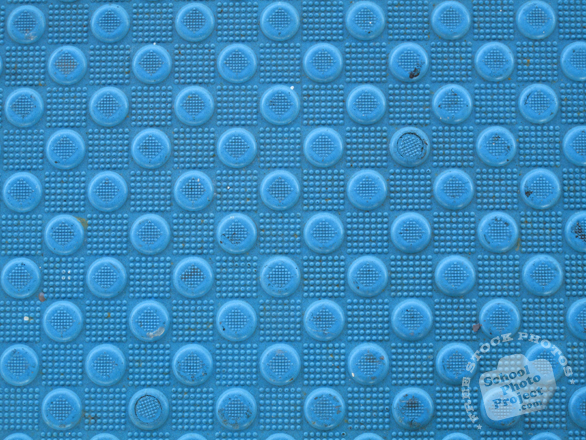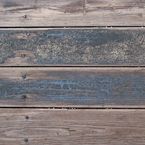Texture
and Pattern
In the visual arts, Texture is the
perceived surface quality of a work of art. It is
an element of two-dimensional and three-dimensional
design and is distinguished by its perceived visual
and physical properties. Use of texture, along with
other elements of design, can convey a variety of
messages and emotions.
Physical texture, also known as actual texture or
tactile texture, are the actual variations upon
a surface. This can include, but is not limited
to, fur, wood grain, sand, smooth surface of canvas
or metal, , glass, and leather. It differentiates
itself from visual texture by having a physical
quality that can be felt by touch. Specific use
of a texture can effect the smoothness that an artwork
conveys. For instance, use of rough surfaces can
be visually active, whilst smooth surfaces can be
visually restful. The use of both can give a sense
of personality to a design, or utilized to create
emphasis, rhythm, contrast, etc.
Light is an important factor for physical artwork,
because it can affect how a surface is viewed. Strong
lights on a smooth surface can obscure the readability
of a drawing or photograph.
While a Pattern (from the French patron) is a type
of theme of recurring events or objects, sometimes
referred to as elements of a set of objects.
These elements repeat in a predictable manner. It
can be a template or model which can be used to
generate things or parts of a thing, especially
if the things that are created have enough in common
for the underlying pattern to be inferred, in which
case the things are said to exhibit the unique pattern.
The most basic patterns, called Tessellations, are
based on repetition and periodicity. A single template,
tile, or cell, is combined with duplicates without
change or modification. For example, simple harmonic
oscillators produce repeated patterns of movement.
Other patterns, such as Penrose tiling and Pongal
or Kolam patterns from India, use symmetry which
is a form of finite repetition, instead of translation
which can repeat to infinity. Fractal patterns also
use magnification or scaling giving an effect known
as self-similarity or scale invariance. Some plants,
like Ferns, even generate a pattern using an affine
transformation which combines translation, scaling,
rotation and reflection.
(Source: Wikipedia.org)
|
















